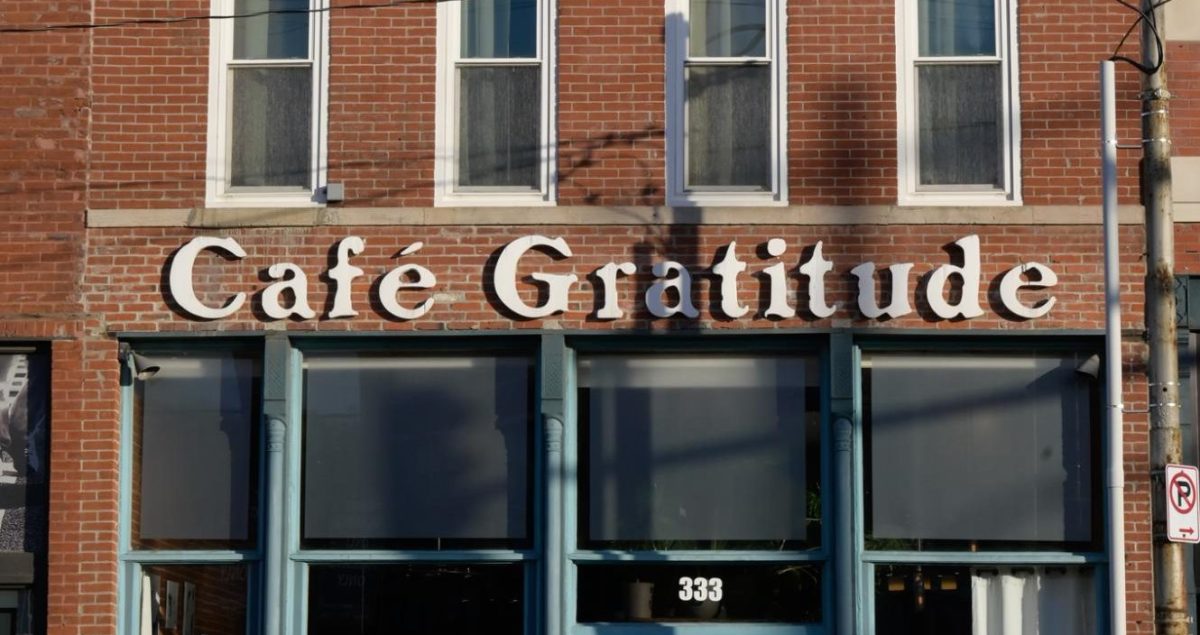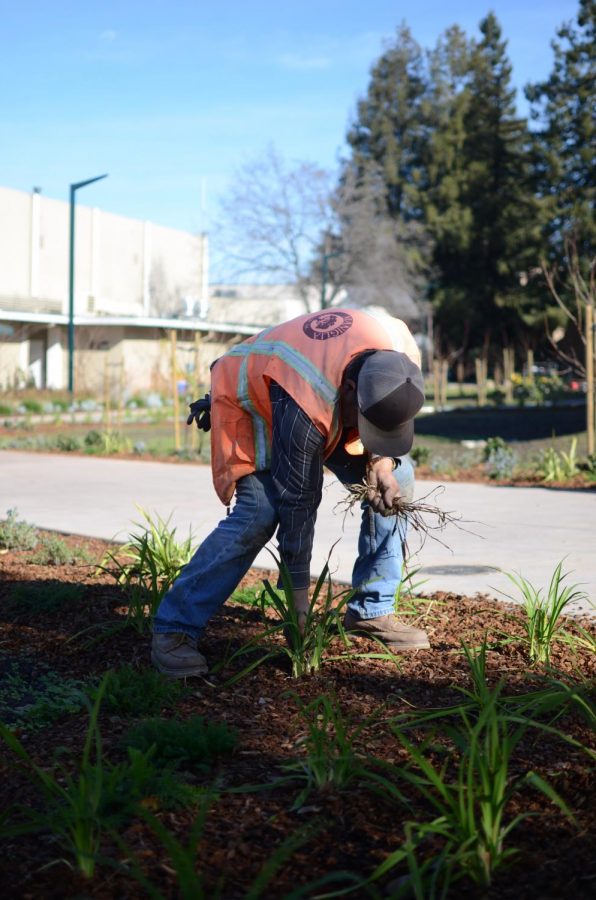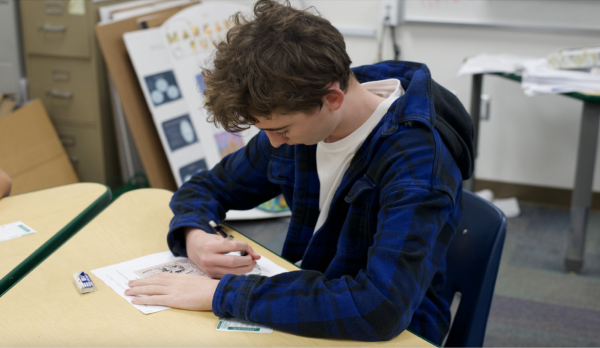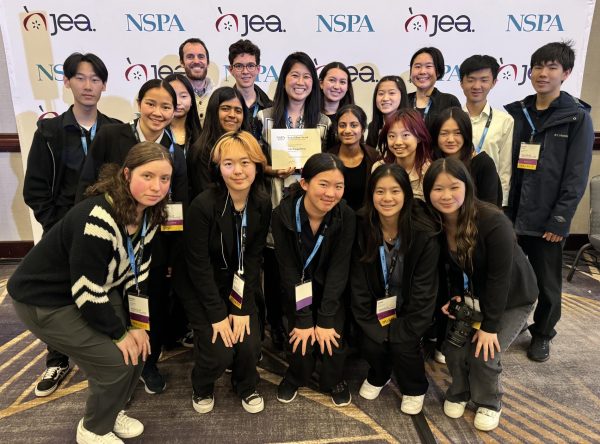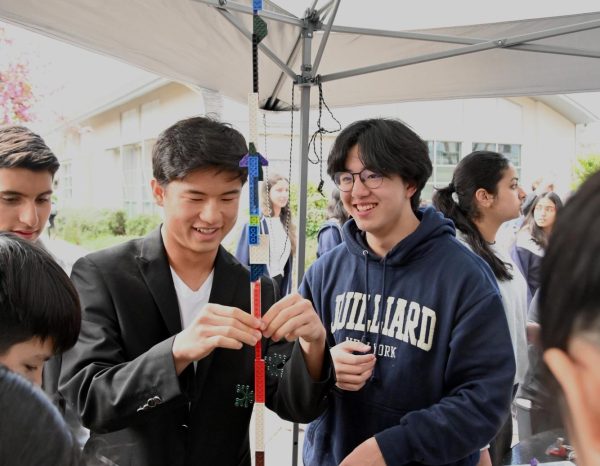Changing the landscape: Landscaping in front of Rothschild Performing Arts Center inspired by Santa Clara Valley orchards
Flowers bloom on trees lining a gravel walkway in the new landscaping area in front of the Rothschild Performing Arts Center. The landscaping area sports fruit trees, wild mustard and gravel paths.
March 8, 2018
Fruit trees. Wild mustard. Ornamental shrubs. Wandering paths. The vast landscaped area of the newly created region between the RPAC and Main Hall is now home to 45 varieties of Bing cherry trees, apricot trees and plum trees, complete with a drip irrigation system, gravel walkways and drought-resistant plants.
According to Facility Director Mike Bassoni, Harker hired HMH Engineers, a civil engineering company, to design the layout of the landscaped area to recreate an orchard as it might have been during Santa Clara Valley’s period of cultivating fruit.
“We want the experience to be like it was a working orchard in the first half of the 20th century,” Bassoni said. “You get to watch how a working orchard develops, how the fruit develops, and the trees will be raised entirely organically. We’re not going to use any pesticides or harmful chemicals.”
The upper school’s full-time gardeners, Urdelin Justo and Jose Hernandez, are responsible for maintaining the new environment and pruning the trees every winter.
Many of the plants were chosen specifically for being resistant to drought. California has been declared out of the worst of the drought since April 7, 2017, but is still recovering. According to the California Data Exchange Center (CDEC), none of the major reservoirs in California are 100% full, but around half of them have higher or equal water levels as their historical averages.
The wild mustard is historically significant and prevalent in the Santa Clara Valley, its yellow flowers lining the hills along the freeways. Additionally, the mustard propagates on its own.
To save water, the area’s drip irrigation system disperses water in a more measurable and controlled way than the traditional spray system, which causes water to be lost through evaporation.
The trees and mustard are expected to bloom this March and limited numbers of fruit will appear by the beginning of the next school year. There will be plenty of fruit by the spring of 2020.
“Fruit trees get to about 20 feet high, which is usually the maximum,” Bassoni said. “We’re going to encourage students to simply walk off the path and pick some apricots and enjoy them.”
Students have expressed curiosity and enthusiasm for the fruit orchard.
“I’ve never had any successful fruit trees,” Meha Goyal (9) said. “I think it’ll be really cool to see how these trees will grow [and] how everything will be. It’ll be really pretty because there will be flowers and fruit and it’ll feel just like spring.”
The orchard is intended to be an area of learning, history and fun for students.
“I believe that Harker students get a spectacular education,” Bassoni said. “But in the Bay Area of your recollection, the focus has been on technology. [Before], this valley was one of the largest fruit producers in the world. Santa Clara Valley had a very prominent evolution in the growth of this country, and now you’ll get to experience that.”
This piece was originally published in the pages of the Winged Post on March 6, 2018.































![Setter Emma Lee (9) sets the ball to the middle during the match against Pinewood on Sept. 12. “[I’m looking forward to] getting more skilled, learning more about my position and also becoming better friends with all of my teammates, Emma said.](https://harkeraquila.com/wp-content/uploads/2023/09/DSC_4917-2-1200x795.jpg)













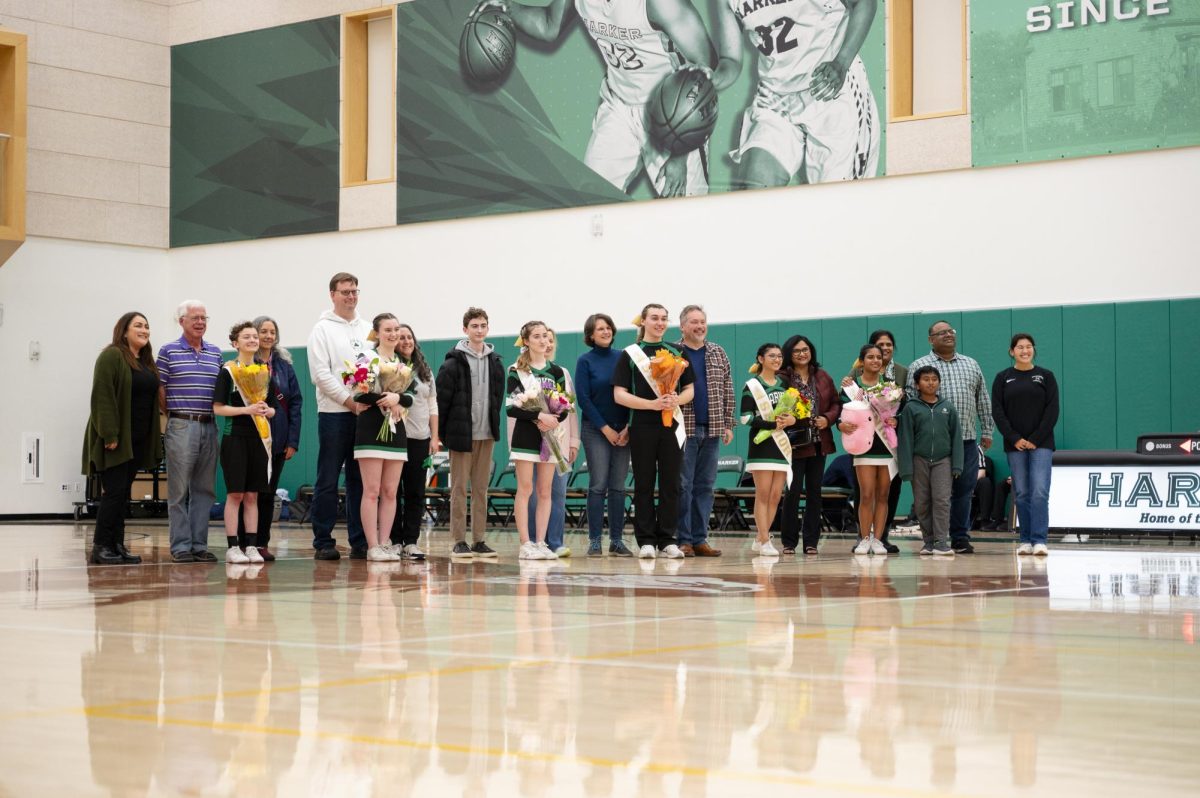




















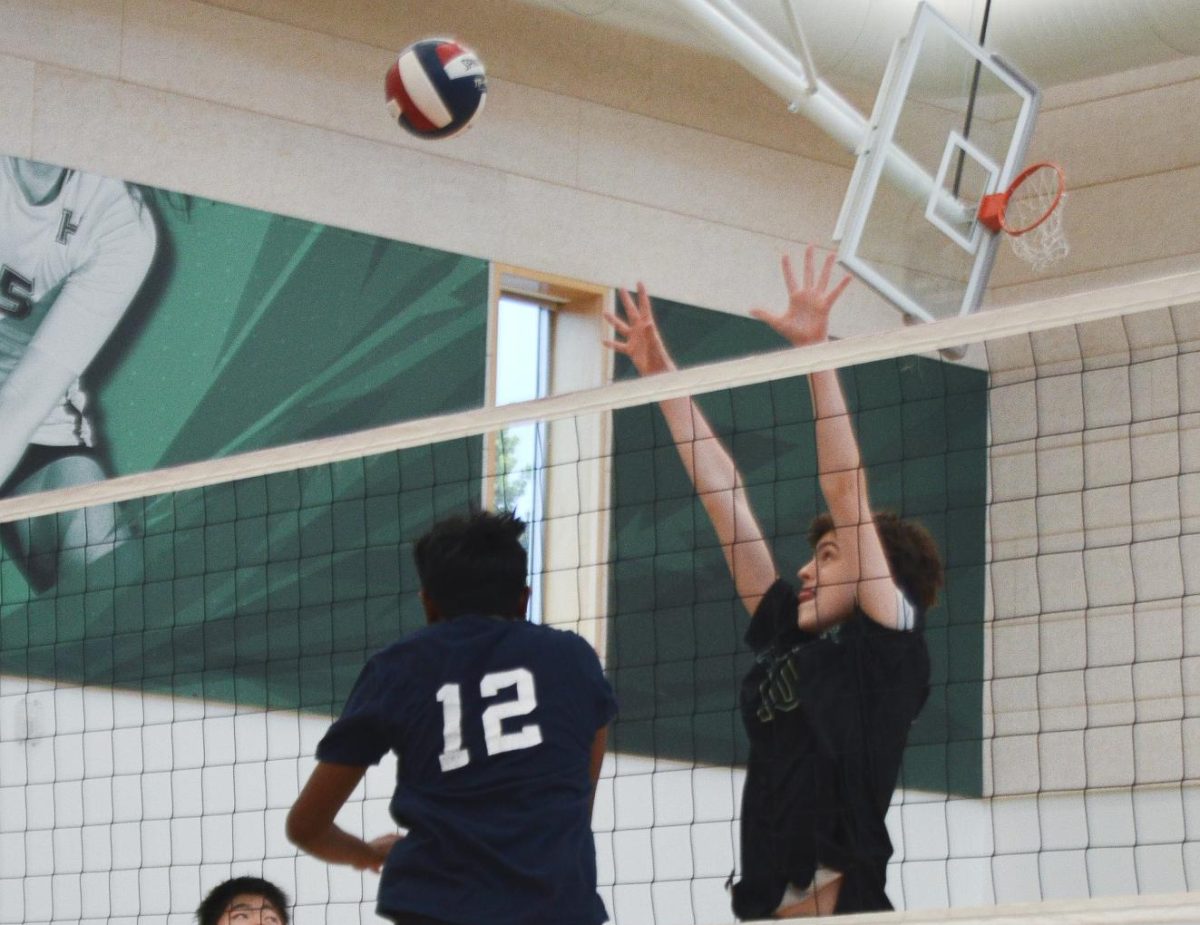

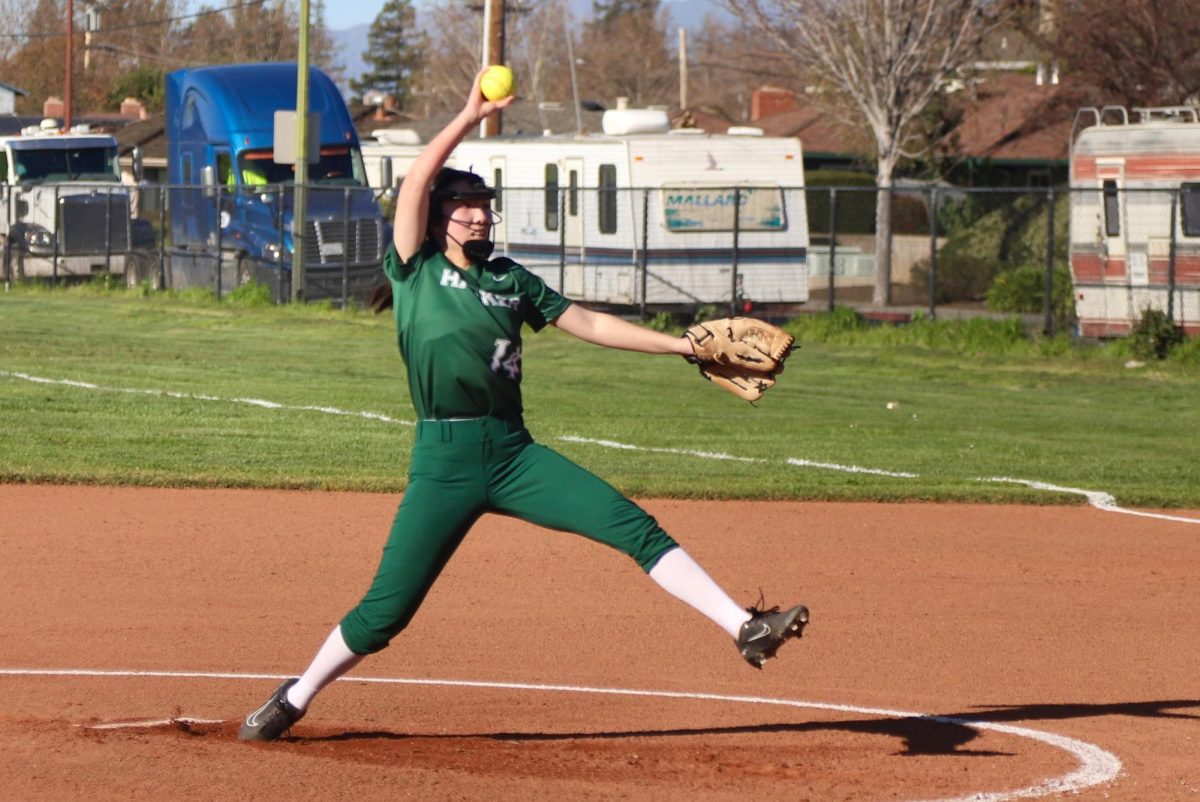




























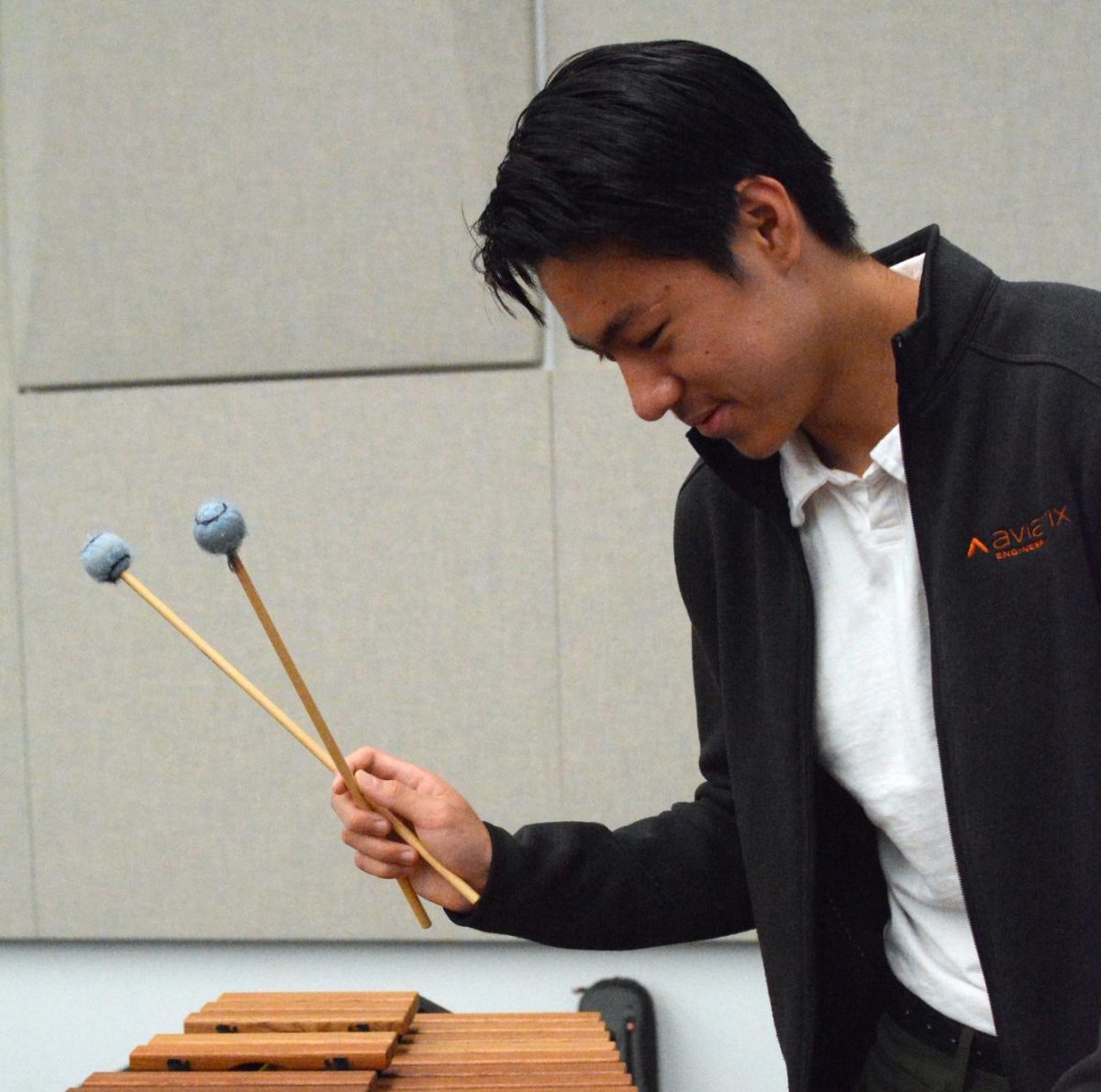

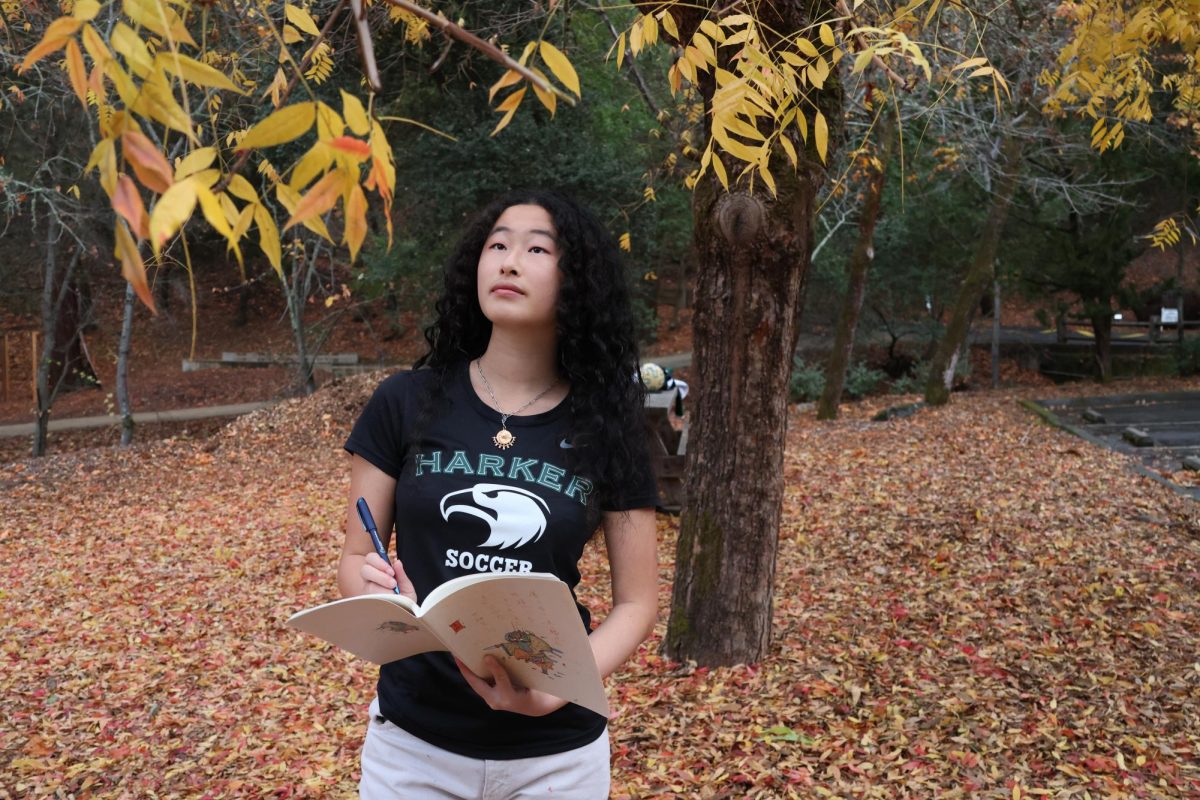










![“[Building nerf blasters] became this outlet of creativity for me that hasnt been matched by anything else. The process [of] making a build complete to your desire is such a painstakingly difficult process, but Ive had to learn from [the skills needed from] soldering to proper painting. Theres so many different options for everything, if you think about it, it exists. The best part is [that] if it doesnt exist, you can build it yourself, Ishaan Parate said.](https://harkeraquila.com/wp-content/uploads/2022/08/DSC_8149-900x604.jpg)


![“Animation just clicked in a way. I had been interested in art, but that felt different. [Animation] felt like it had something behind it, whereas previous things felt surface level. I wasnt making that crazy of things, but just the process of doing it was much more enjoyable, Carter Chadwick (22) said.](https://harkeraquila.com/wp-content/uploads/2022/08/Screen-Shot-2022-08-16-at-9.44.08-AM-900x598.png)


![“When I came into high school, I was ready to be a follower. But DECA was a game changer for me. It helped me overcome my fear of public speaking, and its played such a major role in who Ive become today. To be able to successfully lead a chapter of 150 students, an officer team and be one of the upperclassmen I once really admired is something Im [really] proud of,” Anvitha Tummala (21) said.](https://harkeraquila.com/wp-content/uploads/2021/07/Screen-Shot-2021-07-25-at-9.50.05-AM-900x594.png)



![“[Volleyball has] taught me how to fall correctly, and another thing it taught is that you don’t have to be the best at something to be good at it. If you just hit the ball in a smart way, then it still scores points and you’re good at it. You could be a background player and still make a much bigger impact on the team than you would think,” Anya Gert (’20) said.](https://harkeraquila.com/wp-content/uploads/2020/06/AnnaGert_JinTuan_HoHPhotoEdited-600x900.jpeg)

![“Im not nearly there yet, but [my confidence has] definitely been getting better since I was pretty shy and timid coming into Harker my freshman year. I know that theres a lot of people that are really confident in what they do, and I really admire them. Everyones so driven and that has really pushed me to kind of try to find my own place in high school and be more confident,” Alyssa Huang (’20) said.](https://harkeraquila.com/wp-content/uploads/2020/06/AlyssaHuang_EmilyChen_HoHPhoto-900x749.jpeg)













![“My slogan is ‘slow feet, don’t eat, and I’m hungry.’ You need to run fast to get where you are–you arent going to get those championships if you arent fast,” Angel Cervantes (12) said. “I want to do well in school on my tests and in track and win championships for my team. I live by that, [and] I can do that anywhere: in the classroom or on the field.”](https://harkeraquila.com/wp-content/uploads/2018/06/DSC5146-900x601.jpg)

![“I think getting up in the morning and having a sense of purpose [is exciting]. I think without a certain amount of drive, life is kind of obsolete and mundane, and I think having that every single day is what makes each day unique and kind of makes life exciting,” Neymika Jain (12) said.](https://harkeraquila.com/wp-content/uploads/2017/06/Screen-Shot-2017-06-03-at-4.54.16-PM.png)









